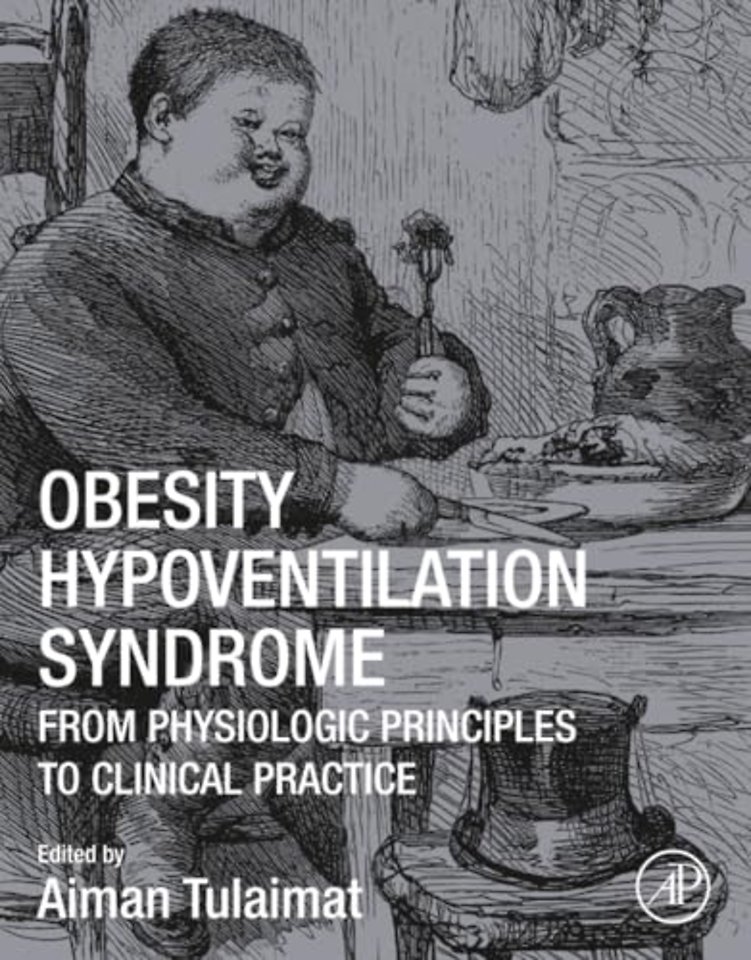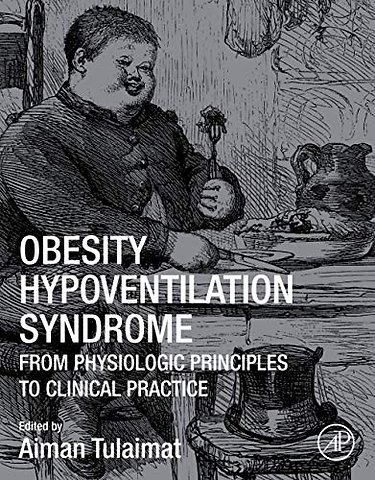<p>I. Historical and social introduction<br>1. Obesity: A social and public policy perspective<br>2. History of obesity hypoventilation</p> <p>II. The burden of obesity on respiratory health<br>3. Effect of obesity on the respiratory system<br>4. The burden of obesity hypoventilation syndrome</p> <p>III. Pathophysiology of obesity hypoventilation syndrome<br>5. Neural control of breathing in sleep<br>6. Pathogenesis of sleep apnea<br>7. The pathophysiology of obesity hypoventilation syndrome<br>8. Evolution of obesity hypoventilation syndrome<br>9. Cardiovascular, neurological, and inflammatory complications of obesity hypoventilation syndrome</p> <p>IV. Clinical assessment of a patient with obesity hypoventilation<br>10. Assessment of patients with obesity hypoventilation syndrome<br>11. Detection of hypoventilation<br>12. Diagnosis of sleep-disordered breathing</p> <p>V. Management of obesity hypoventilation<br>13. Positive airway pressure I: Equipment<br>14. Positive airway pressure II: Settings and outcomes<br>15. The effects of weight loss, tracheostomy, and medication on obesity hypoventilation syndrome<br>16. Weight loss: Lifestyle interventions and pharmacotherapy<br>17. Surgical weight loss<br>18. Tracheostomy in morbidly obese patients<br>19. Obesity hypoventilation in the intensive care unit<br>20. Perioperative considerations and management in patients with obesity hypoventilation syndrome</p>

